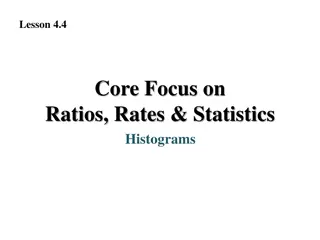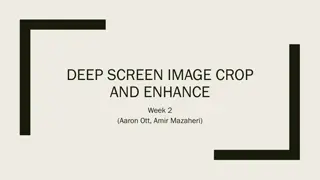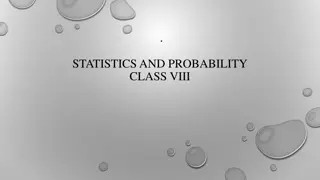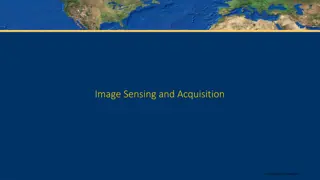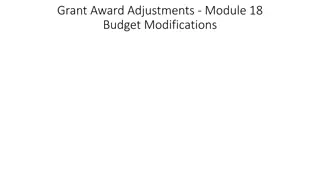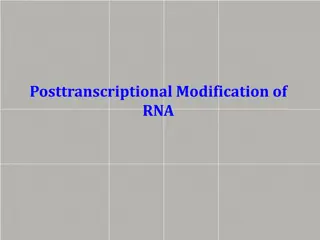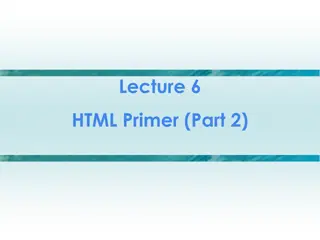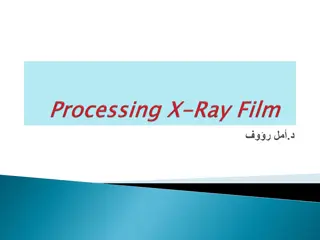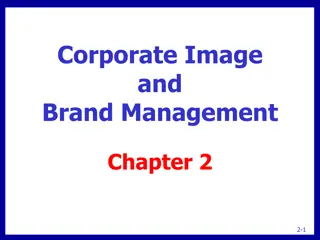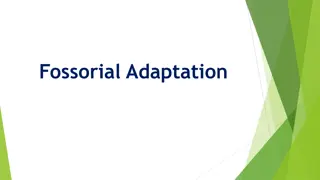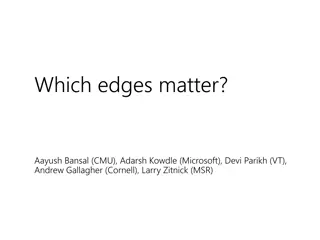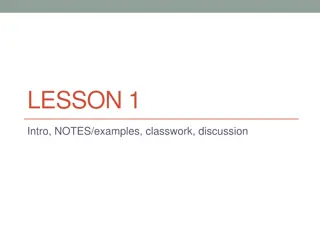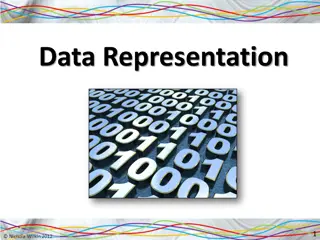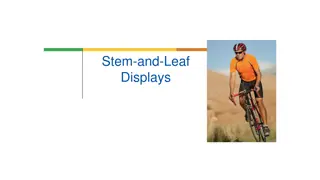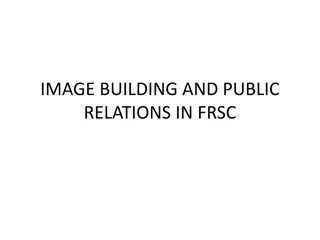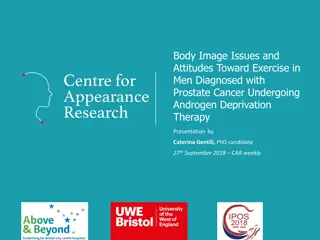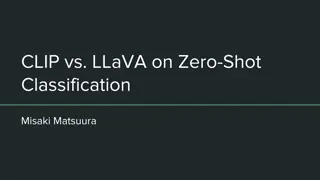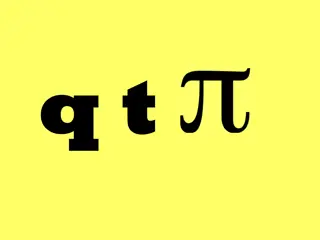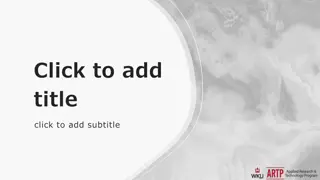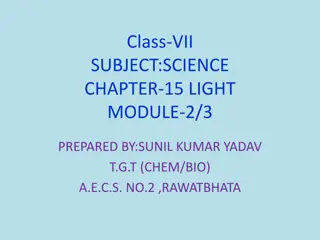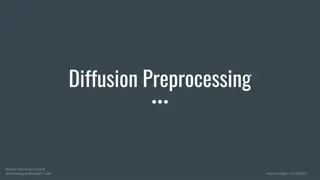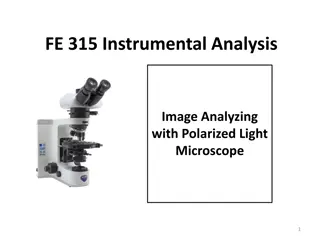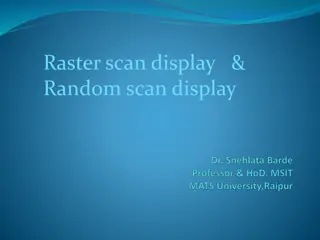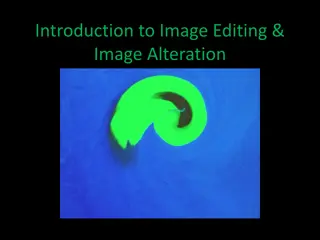Understanding Image Histograms and Modifications
Image histograms provide valuable insights into the nature of images, with characteristics like width, skewness, and peaks revealing information about contrast, brightness, and objects within. Different types of histograms indicate varying image attributes, aiding in tasks like threshold parameter selection. Dark images concentrate on the low grayscale side, while bright images bias towards the high side. Histogram modifications like stretch and shrink can enhance contrast and adjust grayscale distributions. Explore how these visual tools impact image interpretation and manipulations.
Download Presentation

Please find below an Image/Link to download the presentation.
The content on the website is provided AS IS for your information and personal use only. It may not be sold, licensed, or shared on other websites without obtaining consent from the author. Download presentation by click this link. If you encounter any issues during the download, it is possible that the publisher has removed the file from their server.
E N D
Presentation Transcript
So the shape of histogram provide us with information about nature of the image or sub image if we considering an object within the image. For example: 1. Very narrow histogram implies a low-contrast image 2.Histogram skewed ( ) to word the high end implies a bright Image 3.Histogram with two major peaks , called bimodal, implies an object that is in contrast with the background . Examples of the different types of histograms are shown in figure One of the principle uses of the histogram is in the selection of threshold parameter .
We note in the dark Image that the components of the histogram are concentrated on the low (dark) side of the gray scale. Similarly, the components of the histogram of the bright image are biased toward the high side of the gray scale. An image with low contrast has a histogram that will be narrow and will be centered toward the middle of the gray scale. For a monochrome image this implies a dull, washed-out gray look. Finally, we see that the components of the histogram in the high-contrast image cover a broad range of the gray scale and, further, that the distribution of pixels is not too far from uniform, with very few vertical lines being much higher than the others. Intuitively, it is reasonable to conclude that an image whose pixels tend to occupy the entire range of possible gray levels and, in addition, tend to be distributed uniformly, will have an appearance of high contrast and will exhibit a large variety of gray tones.
Histogram Modifications The gray level histogram of an image is the distribution of the gray level in an image . The histogram can be modified by mapping functions, which will stretch, shrink(compress), or slide the histogram. Figure below representation of histogram stretch, shrink and slide. illustrates a graphical
1- Histogram Stretch The mapping function for histogram stretch can be found by the following equation: Where, I(x,y)maxis the largest gray- level in the image I(x,y). I(x,y)minis the smallest gray- level in the image I(x,y). MAX and MIN correspond to the maximum and minimum gray level values possible (for an 8-bit image these are 255 and 0). This equation will take an image and stretch the histogram a cross the entire gray-level range which has the effect of increasing the contrast of a low contrast image.
2- Histogram shrink The opposite of a histogram stretch is a histogram shrink, which will decrease image contrast by compressing the gray levels. The mapping function for a histogram shrinking can be found by the following equation: Shrink max and shrink min correspond to the maximum and minimum desired in the compressed histogram. In general, this process produces an image of reduced contrast and may not seem to be useful an image enhancement.
3- histogram slide The histogram slide techniques can be used to make an image either darker or lighter but retain the relationship between gray- level values. This can be a accomplished by simply adding or subtracting a fixed number for all the gray-level values, as follows: Slide (I(x,y)) = I (x,y)+ OFFSET. Where OFFSET values is the amount to slide the histogram. In this equation, a positive OFFSET value will increase the overall brightness; where as a negative OFFSET will create a darker image.


